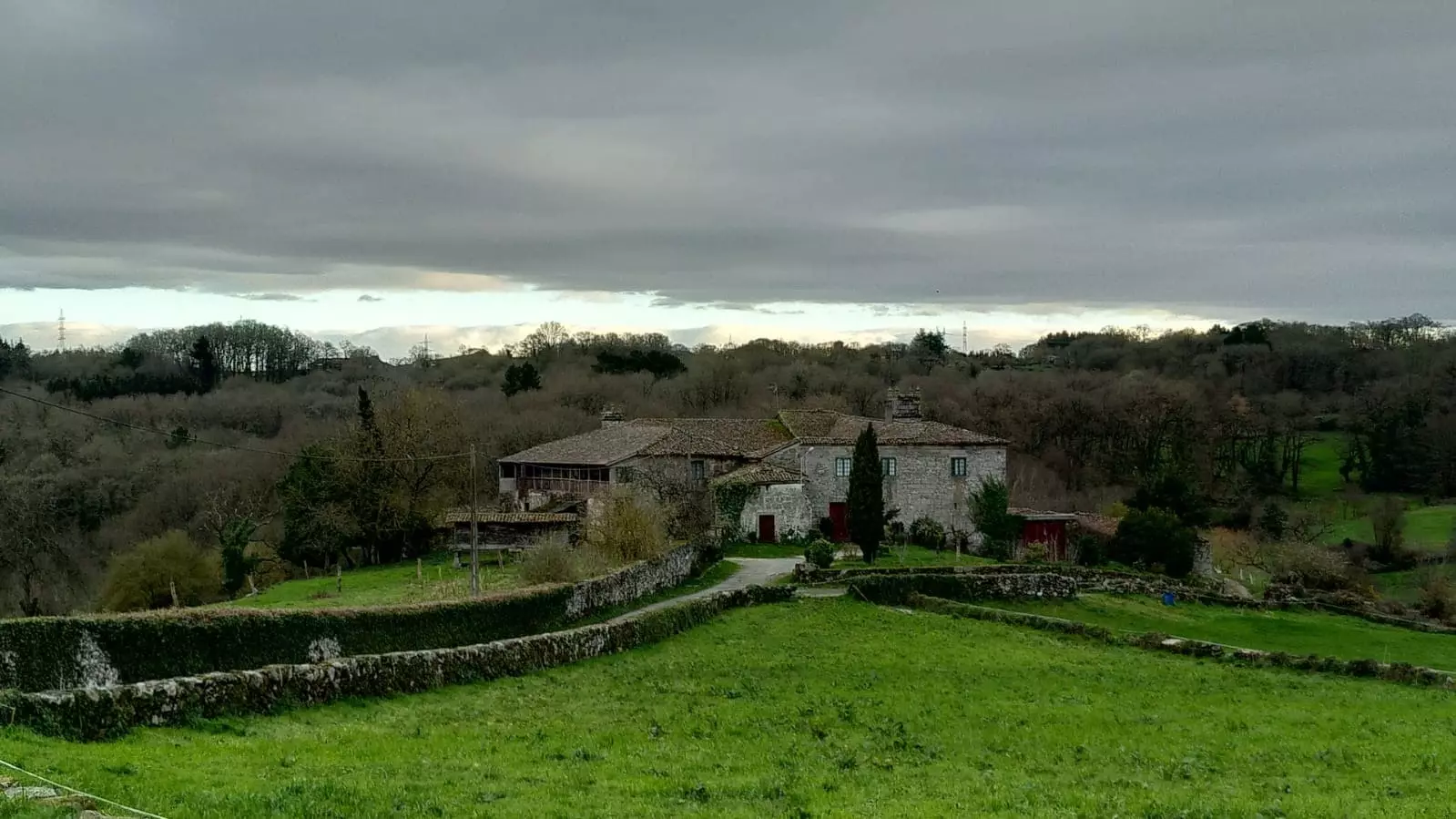
Pazo de Sabadelle, an example of historical conservation in the heart of Lugo
The Pazo de Sabadelle makes an impact as soon as you see it. A stone building, with reddish doors and green windows, that is cut out between hills and that makes it very easy to imagine the power of the families that owned it for centuries. Specifically, this pazo is said to date from the 13th century, and that passed from hand to hand until it reached Xosé Figueroa, its current owner.
Now, as I walk through its gates, objects from the past are combined with current sculptures, photographs and paintings, shows that the pazo is still full of life. After all, today the pazo serves organic tastings, lets visitors spend the night in its rooms and organizes art exhibitions for everyone.
A HOUSE THAT BREATHES HISTORY
"This house belonged to the same family as the Pazo de Tor –another Pazo from Lugo in Monforte de Lemos, which is also worth a visit for its incredible historical heritage – the Varela de Temes family”, says Figueroa. “Due to a series of circumstances, the last owner, belonging to this family, became a widow and became a nun at the age of 70 in the convent of the Salesas, in Oviedo”.
That was how the pazo, located in the parish of Santa María de Sabadelle –from which it takes its name– , along with the 500 hectares that the property is estimated to have measured at that time, ended up in the hands of an administrator and a chaplain. “The administrator made two batches, and the chaplain chose the house and a few lands that he distributed among his brothers. There were five of them, so imagine how big it was. One of them was the father of my grandmother's brother, and that is the reason why the pazo ended up belonging to my family”, explains Figueroa.
“This man married a woman we always called godmother, but they never had children. That's why my grandmother ended up coming to live with them. Later the property passed to my mother and now to us, who are four brothers”, he adds. "And today this property has a total of five hectares."
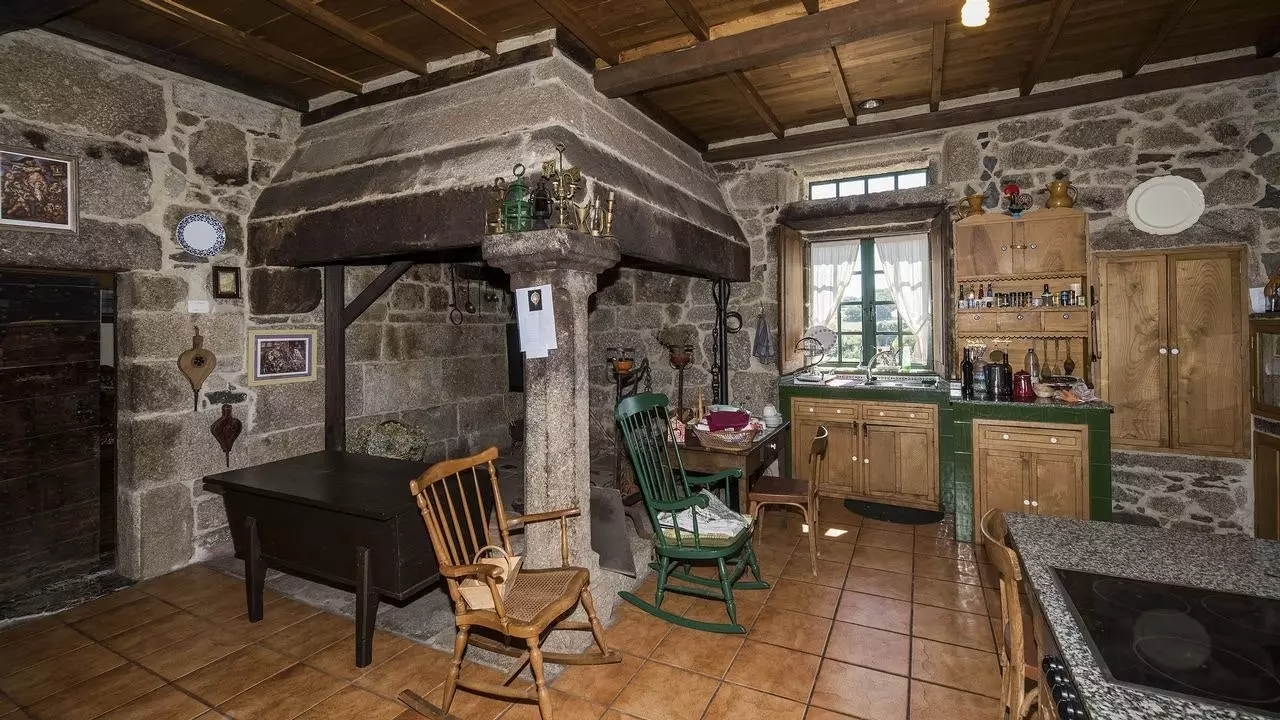
Detail of the kitchen of the Pazo de Sabadelle, Lugo.
Xosé Figueroa smiles when he recounts the past of this place where everything seems to breathe history. “It must be taken into account that characters of certain relevance lived here. For example, Agustín Lorenzo Varela de Temes, a bishop who was born in 1776 and died in 1849, who was bishop and professor at the University of Salamanca. And a brother of this bishop, José María Varela de Temes, who was a contemporary of the first period of Sargadelos”.
Now, he and his family are in charge of keeping the pazo and its surroundings alive. “We feel to a certain extent responsible for the legacy that has been given to us, but we do not have financial solvency. That's why, we go little by little, trying at least not to destroy it”, Figueroa tells with sincerity. “There is even the possibility that one day we may be able to donate it, for example, to the Royal Galician Academy or to any other public institution that watches over the interests of Galicia. Although we don't know, they are ideas we have”, he adds.
ORGANIC FOOD AND ARISTICRATIC ROOMS
Today, the Pazo de Sabadelle is not only an example of heritage maintenance, but also opens its doors to anyone who wants to delve into the past of inland Galicia. Both to spend a night in its incredible rooms –but reserving in advance, since it only has two–, as tasting its ecological and homemade food.
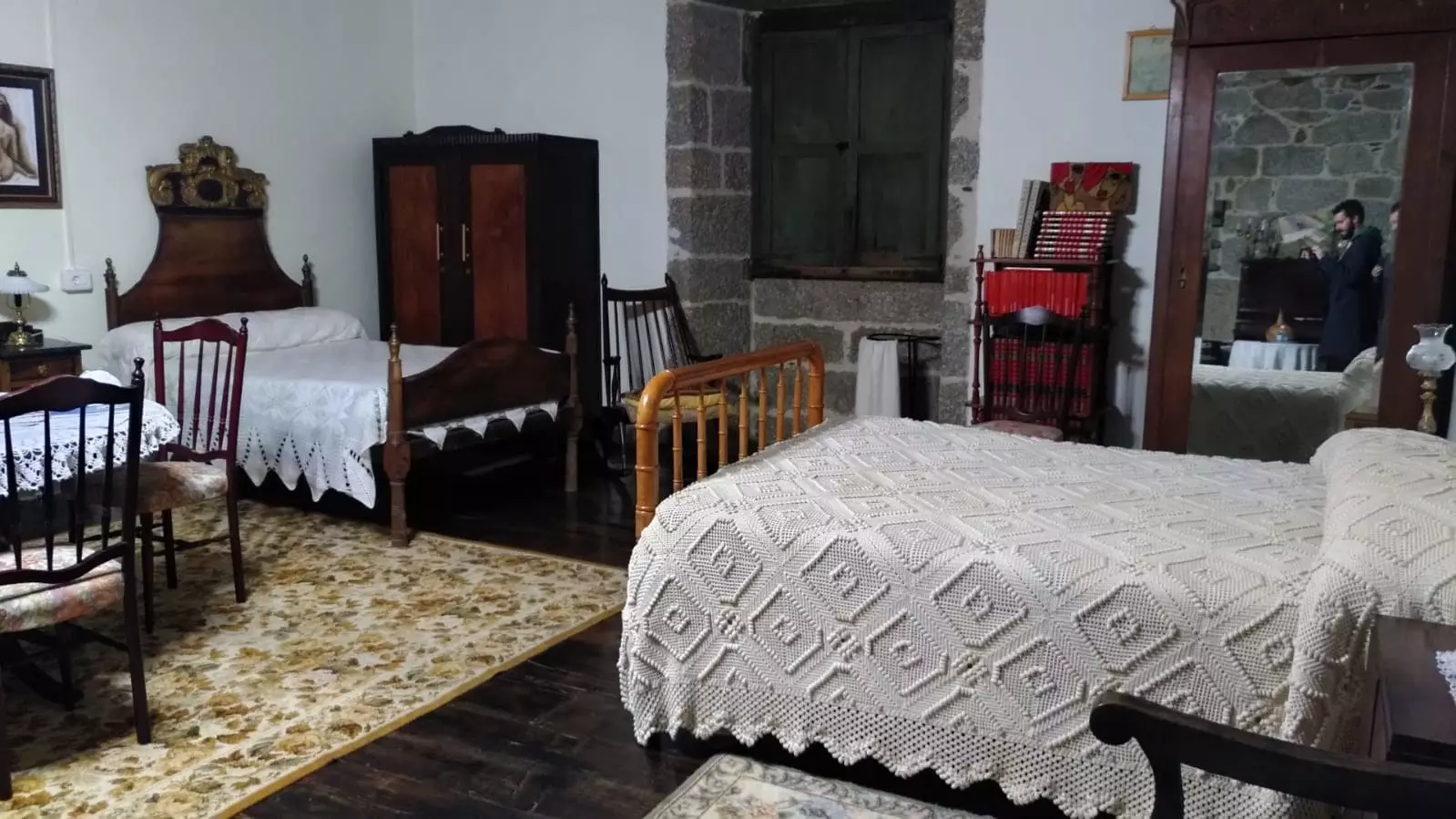
One of the two rooms of the Pazo de Sabadelle, Lugo.
“We have organic farming, we do ecological tastings, we rent rooms, we receive schoolchildren who come on excursions to see the house and its history…”, says Figueroa. Regarding ecological work, the Sabadelle country house is included in the USC Family Farm program. In addition, breakfast –included in the price of the room– is the perfect time to check the delicacies that are prepared in this house, and imagine, if you can't experience it in the first person, what a tasting here will be like.
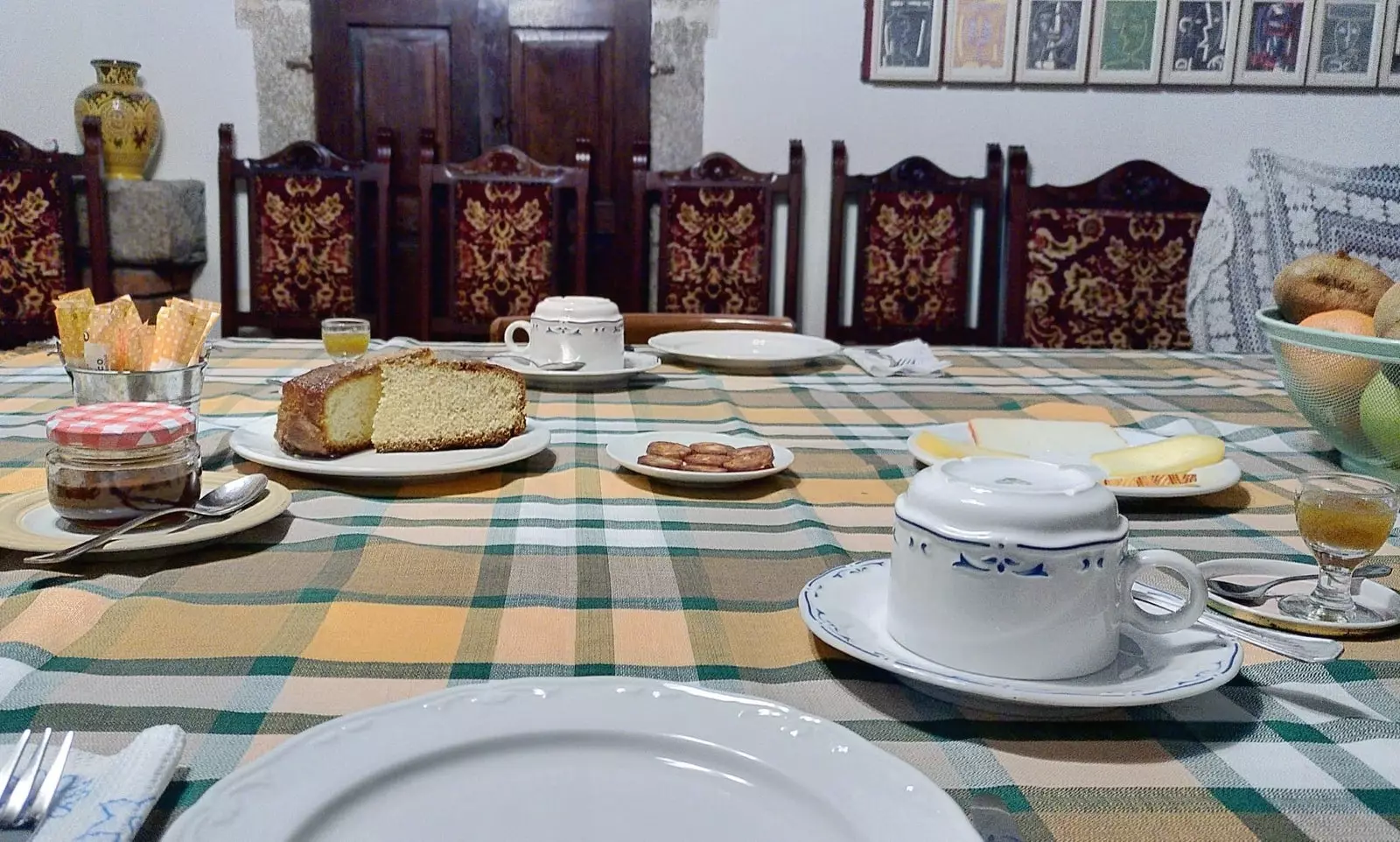
Homemade breakfast in the Pazo de Sabadelle, Lugo.
In the manor preserve traditional objects and recipes and, as soon as you ask him, Figueroa will show you some of the historical treasures that these stone walls keep. “We recovered some things, on an anecdotal level as well. From objects that we have preserved to recipes, like Álvaro Cunqueiro's candied figs”, explains Figueroa excitedly.
But, as the owner of this house comments, for him and his family the most important and what they most encourage is the recovery of values in Galicia. "And this is also through food," he says. “Using ingredients from the area. Here is an area full of fruit trees that end up being eaten by birds, while people go to buy fruit at the supermarket. It is an incredible thing”, reflects Figueroa.
AN OASIS IN RURAL GALICIA
Although organic farming, dreamlike rooms and a historical legacy are already enough to make you want to pay this place a visit, there is something Figueroa is even more proud of: art openings.
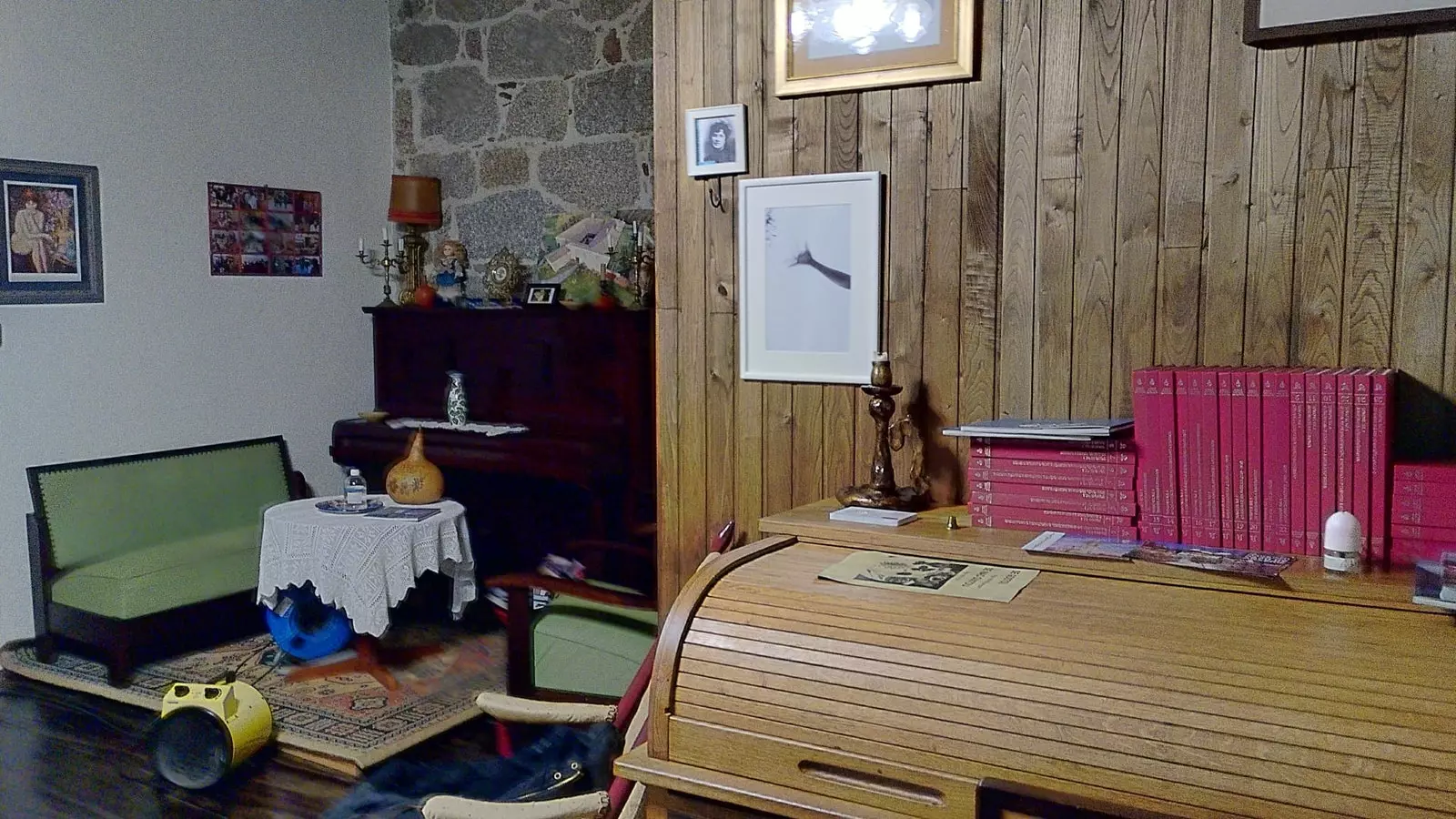
Sabadelle, an open secret
“Galicia to a certain extent is barren of many things”, he comments. “Although literary and musically it is very advanced, it lacks the social and economic accompaniment for these activities. For this reason, what we do is create an oasis to escape that kind of misery in quotation marks”. To do this, Figueroa, along with his partner, above all, They organize exhibitions, acts, poetry events, music events... and always promoting the Galician language and culture.
“My partner, who lives in Ourense, and I organize a lot of things without charging for it. But we are still encouraged because It's a very nice experience." Figueroa explains. "What What we seek is the approach of the artists to the people. Above all, of the people of the villages, because people who live outside the cities have the right to listen to the violin or enjoy any other type of art just like anyone who lives in a city, ”he says.
Xosé Figueroa says that he became aware of the need to “exhibitions seen from another angle”, going to shows all over Galicia. “Normally when you go to exhibitions it seems as if you are a stranger. There are the author or author, family and four friends. Here it is just the opposite, here it is as if you were going to a cousin's house on the day of the party. It's another roll,” he says proudly. "The atmosphere is great."
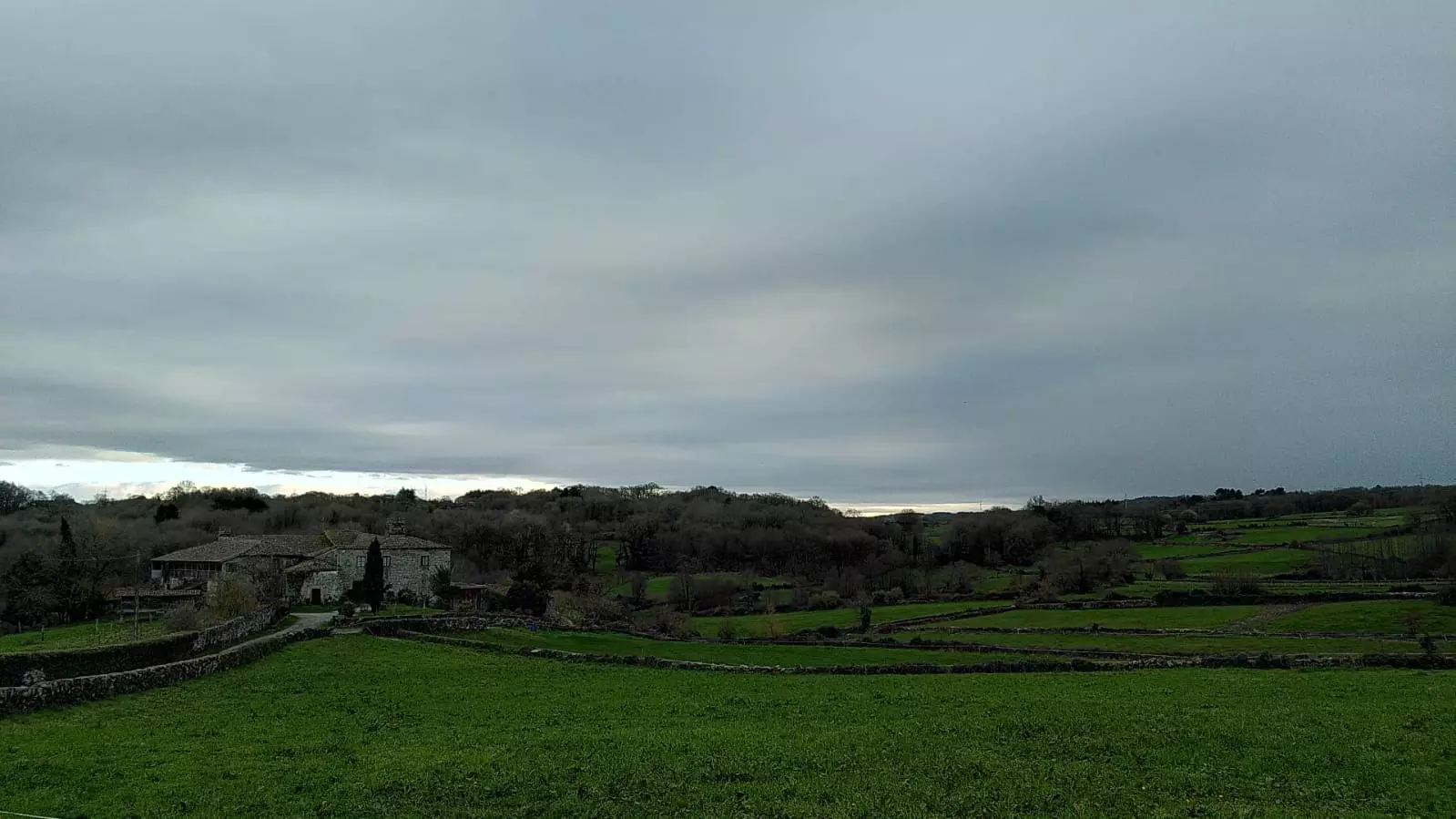
The environment of Sabadelle
Though you can sleep now, the exhibitions are paralyzed by the pandemic, but Figueroa hopes the situation improves soon and they can get back to work. “I would love for us to be able to do them again soon. Of course, It's free and whoever wants can come. In the last one we did –normally they are in the corral– we were about 400 people. A lot of people".
Xosé Figueroa ends by explaining what these artistic openings are like: “We do small shows. Poets, for example, present a book. But it is not a poetry recital where you sit down to listen to the entire collection of poems, but the poet recites two or three poems only . It is as if you were leaving candy throughout the night, livening up the theme. And with the musicians exactly the same, you don't put a group performing for two hours straight."
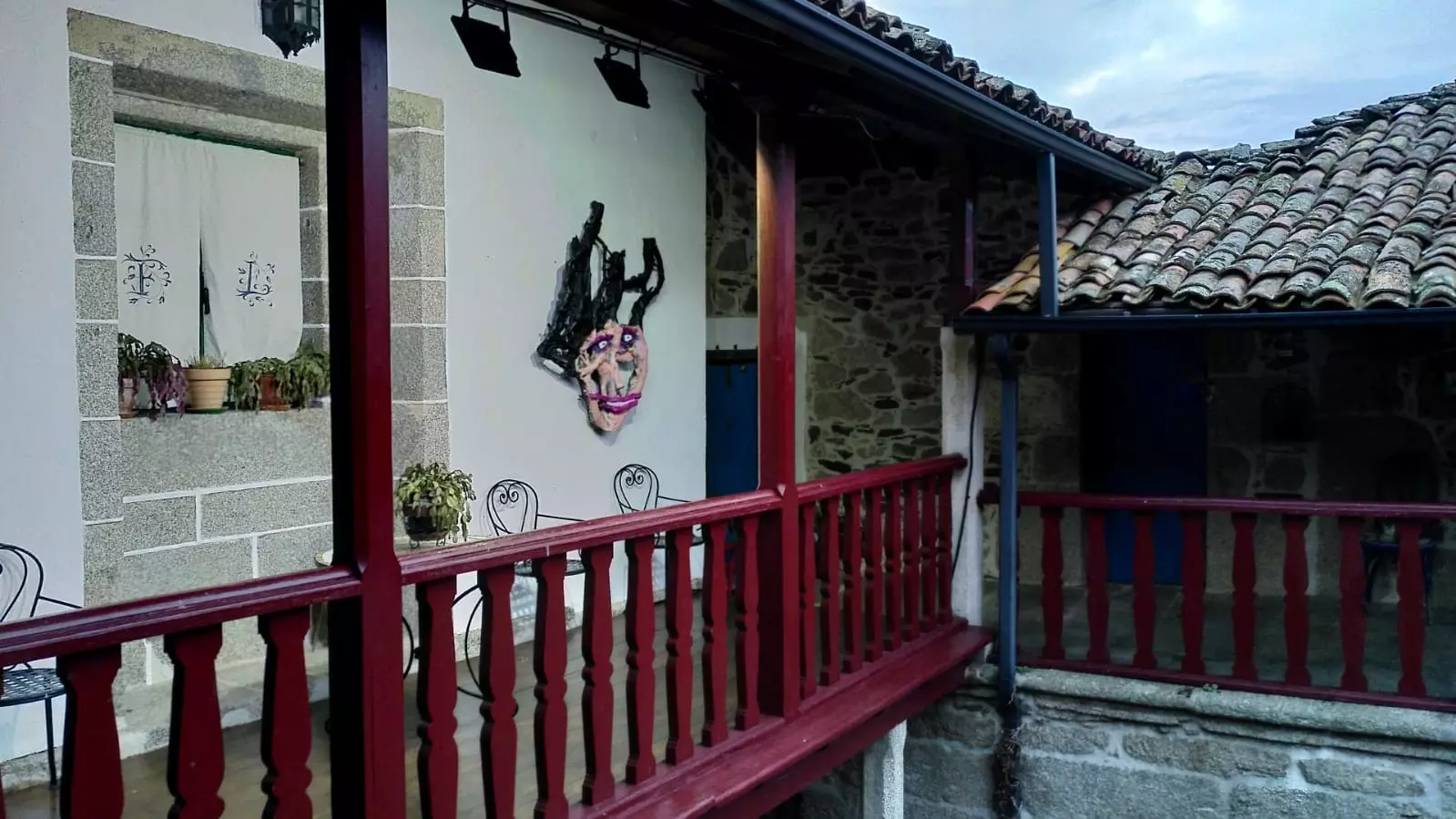
The balcony of Sabadelle
The idea, he says, is bring art to all corners and to all kinds of people. “The public is very varied, that public is not exclusively elitist. And sometimes it happens that the atmosphere is so good that, together with a professional artist, someone from the public ends up playing, for instance. Bringing that atmosphere to Sabadelle is wonderful”.
